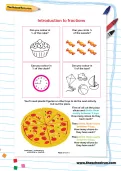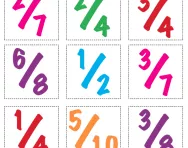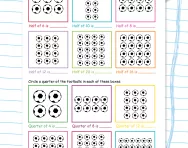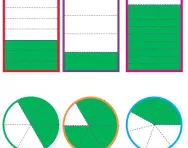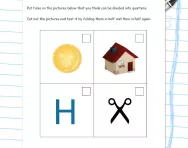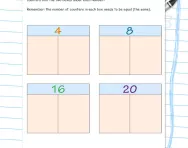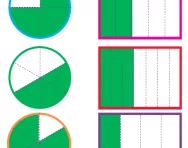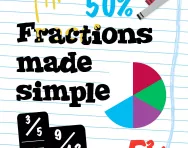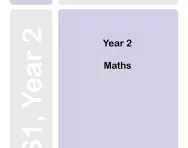Important update from TheSchoolRun
For the past 13 years, TheSchoolRun has been run by a small team of mums working from home, dedicated to providing quality educational resources to primary school parents. Unfortunately, rising supplier costs and falling revenue have made it impossible for us to continue operating, and we’ve had to make the difficult decision to close. The good news: We’ve arranged for another educational provider to take over many of our resources. These will be hosted on a new portal, where the content will be updated and expanded to support your child’s learning.
What this means for subscribers:
- Your subscription is still active, and for now, you can keep using the website as normal — just log in with your usual details to access all our articles and resources*.
- In a few months, all resources will move to the new portal. You’ll continue to have access there until your subscription ends. We’ll send you full details nearer the time.
- As a thank you for your support, we’ll also be sending you 16 primary school eBooks (worth £108.84) to download and keep.
A few changes to be aware of:
- The Learning Journey weekly email has ended, but your child’s plan will still be updated on your dashboard each Monday. Just log in to see the recommended worksheets.
- The 11+ weekly emails have now ended. We sent you all the remaining emails in the series at the end of March — please check your inbox (and spam folder) if you haven’t seen them. You can also follow the full programme here: 11+ Learning Journey.
If you have any questions, please contact us at [email protected]. Thank you for being part of our journey it’s been a privilege to support your family’s learning.
*If you need to reset your password, it will still work as usual. Please check your spam folder if the reset email doesn’t appear in your inbox.
Introduction to learning fractions
How are fractions taught in primary school?
In primary school, when your child starts learning fractions, it's all about understanding how items, objects or numbers can be divided into pieces.
Your child will probably be given visuals like pictures of pizzas that are sliced into parts or chocolate bars broken into chunks to get the idea. Your child will also learn the language of fractions, like numerator (the number on top) and denominator (the one on the bottom).
As your child gets the hang of it, they will start being asked to compare, order, and solve fraction sums. Progressively, equivalent fractions will be introduced (which are different fractions that mean the same thing) and your child will be taught how fractions pop up in real life, such as in recipes or measuring.
How do you teach your child about fractions at home?
As a parent or caregiver, you can support your child's understanding of fractions at home in several ways:
- Use everyday examples: point out fractions in everyday life, such as when cooking or sharing snacks. Show how fractions are used to divide items into equal parts.
- Practice with visual aids: utilise visual aids like pizza slices or cookies to demonstrate fractions concretely.
- Play fraction games: engage in games or activities that involve fractions, such as fraction bingo, fraction war (comparing fractions), or fraction puzzles.
- Encourage exploration: allow your child to explore fractions independently through activities like cutting objects into equal parts or drawing fractions on paper.
Use this teacher-created fractions worksheet that provides simple activities and colourful visuals to help consolidate your child's fraction knowledge and create a good base for future fractions homework and tasks.
For more information and support with learning (and teaching) fractions, check out our Fractions hub.
